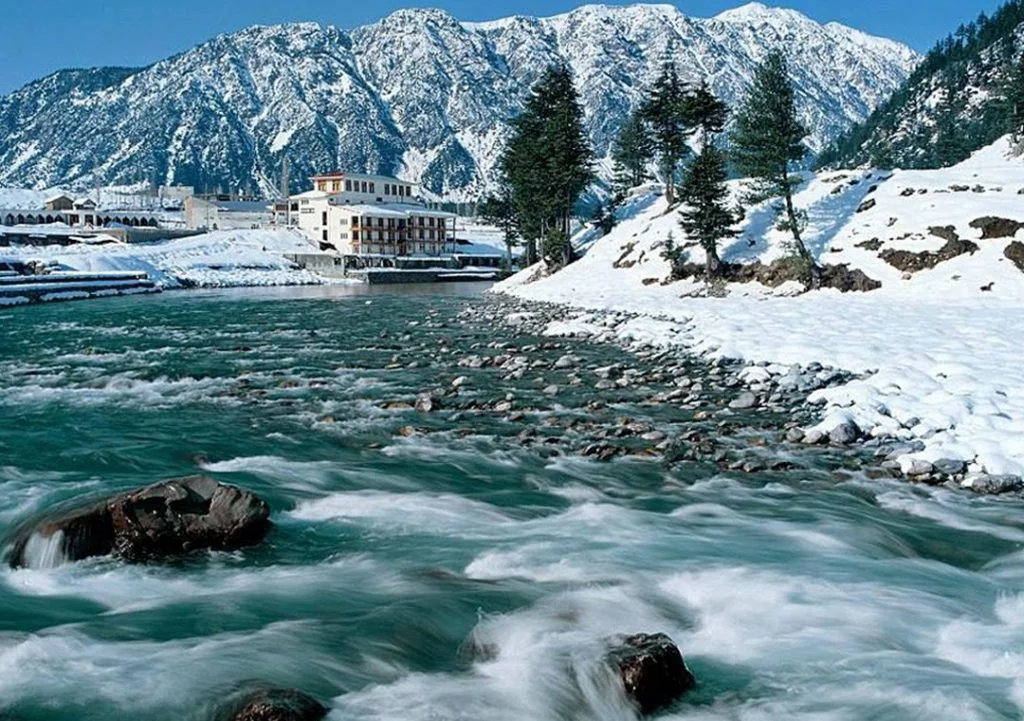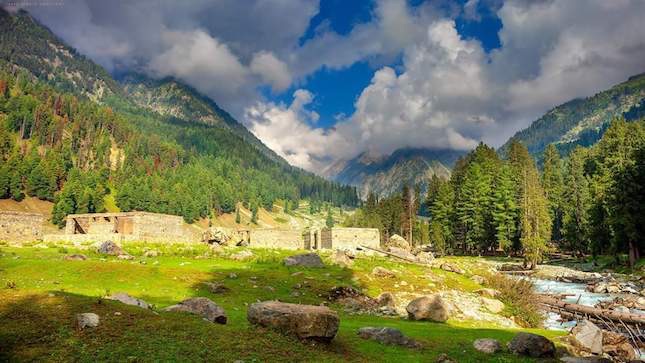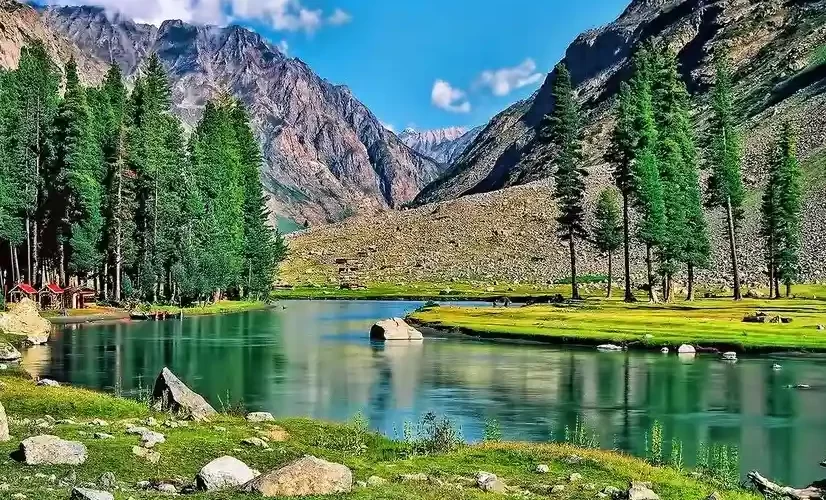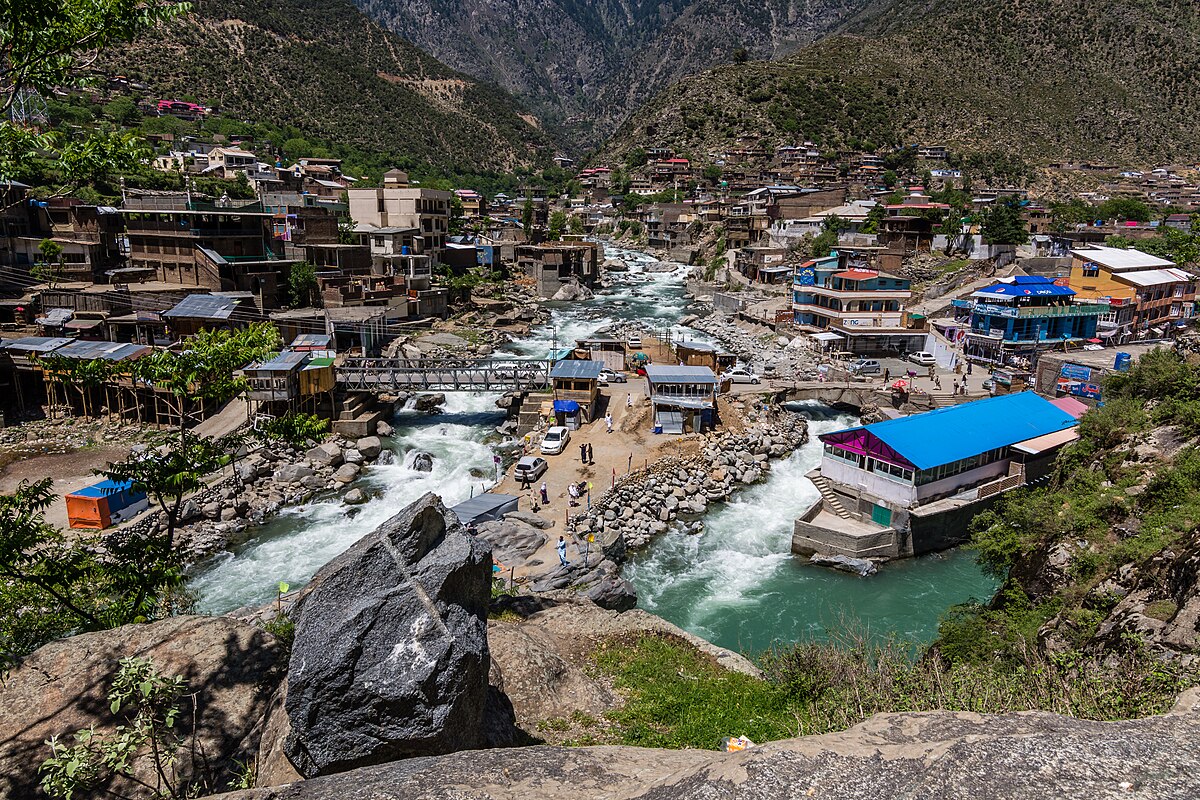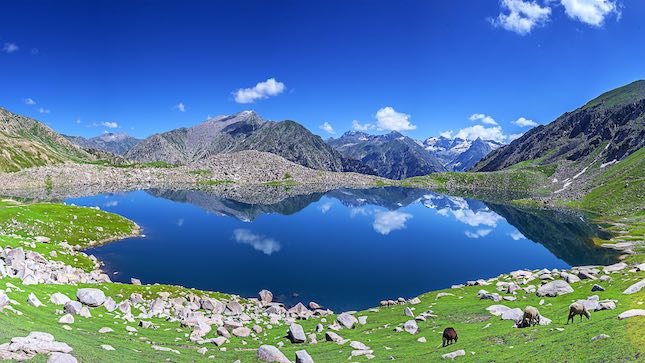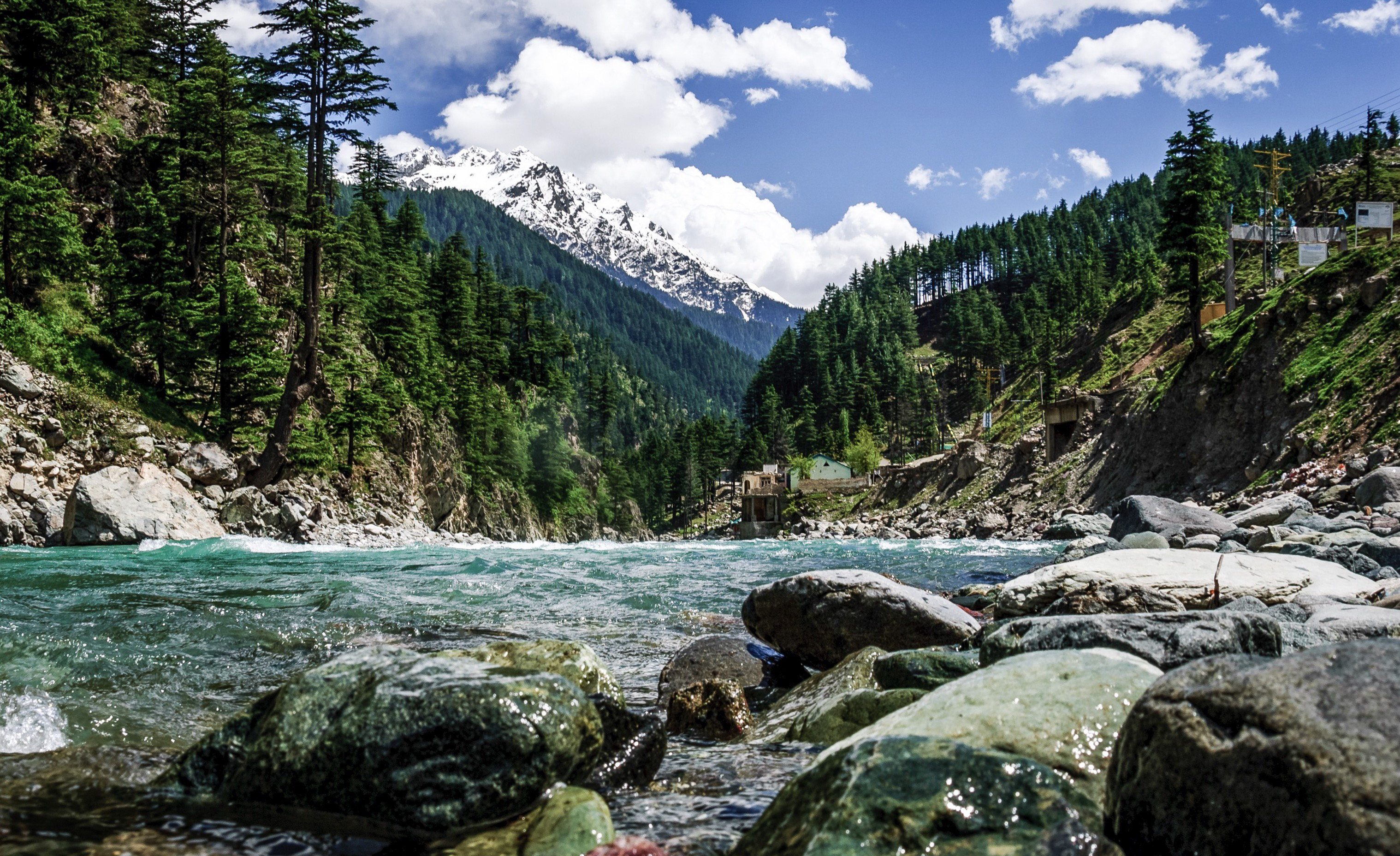
About the Swat
The Switzerland of the East
Swat, often called the "Switzerland of the East," is a breathtaking valley located in the Khyber Pakhtunkhwa province of Pakistan. Known for its snow-capped mountains, lush green valleys, crystal-clear rivers, and rich cultural heritage, Swat has emerged as one of the most beloved tourist destinations in South Asia. Its timeless beauty, ancient history, and hospitable people make Swat a symbol of peace and resilience.
Geography and Location
Swat Valley lies between the Hindu Kush mountain range and stretches across an area of approximately 5,337 square kilometers. It is situated northeast of Peshawar, and its administrative capital is Saidu Sharif, while Mingora is the largest city. The Swat River, fed by glacial waters, runs through the valley, providing life and beauty to its landscapes.
Swat’s geography ranges from rolling hills and fertile plains to rugged mountains and alpine meadows. The valley’s varying altitudes — from 2,000 to 7,500 meters — allow it to host diverse ecosystems, making it a year-round destination.
Historical Significance
Swat has a history that dates back thousands of years. It was once part of the ancient Gandhara civilization and a major center for Buddhism. Archaeological remains, stupas, and monasteries found across the valley reflect its role as a spiritual hub.
Famous Chinese pilgrim Xuanzang visited Swat in the 7th century and described it as a flourishing Buddhist kingdom with hundreds of monasteries. The valley later came under Hindu and Muslim rule, each leaving its distinct mark.
During the early 20th century, Swat was a princely state under the rule of Miangul Abdul Wadud, and it joined Pakistan in 1969. Despite facing challenges, including periods of militancy, Swat has rebuilt itself, emerging stronger and more vibrant than ever.
Natural Beauty
Swat’s natural beauty is often described as spellbinding. Its lush forests, roaring rivers, and majestic peaks create landscapes that seem almost surreal.
Key Scenic Attractions:
- Malam Jabba: Famous for its ski resort, Malam Jabba offers thrilling winter sports and panoramic views year-round.
- Kalam Valley: A verdant area filled with meadows, waterfalls, and rivers, Kalam serves as a gateway to stunning spots like Mahodand Lake and Ushu Forest.
- Mahodand Lake: Surrounded by pine forests and towering peaks, this alpine lake is ideal for fishing, boating, and camping.
- Madyan and Bahrain: These riverside towns are known for their bustling bazaars, traditional handicrafts, and scenic beauty.
- Kundol Lake: Accessible through hiking trails, this glacial lake is perfect for adventure seekers.
- Ushu Forest: A dense green forest that offers a peaceful escape and opportunities for hiking and photography.
Springtime in Swat brings a riot of colorful flowers, while autumn dresses the valley in golden hues. Winters blanket Swat in snow, turning it into a wonderland perfect for snow lovers.
Cultural Heritage
Swat’s rich cultural tapestry is a blend of its Buddhist legacy, Pashtun traditions, and influences from Central Asia. Traditional music, folk dances like the Attan, and colorful festivals are part of everyday life in the valley.
The people of Swat, predominantly Pashtuns, are known for their hospitality, kindness, and resilience. Traditional attire, jewelry, and handicrafts like wood carving and embroidery reflect the region’s artistic soul.
Notable Sites:
- Butkara Stupa: An ancient Buddhist stupa near Saidu Sharif, offering insight into Swat’s religious past.
- Swat Museum: Houses a rich collection of Gandharan artifacts, sculptures, and ancient relics.
- Shingardar Stupa: One of the largest surviving stupas in the region.
- Udegram Buddhist Monastery: An archaeological treasure from Swat’s Buddhist era.
Modern Development and Tourism
After facing challenges in the late 2000s, Swat has undergone a remarkable transformation. Improved security and extensive infrastructure development, including new roads, hotels, and resorts, have revived tourism.
Government initiatives and local efforts have restored Swat’s reputation as a safe and welcoming destination. Events like the Swat Snow Festival and Cultural Festivals attract thousands of visitors each year.
Eco-tourism, adventure sports, and cultural tourism are booming industries in the valley. With ongoing projects like the Swat Motorway and new airport expansions, accessibility to the valley has become easier than ever.
Adventure and Activities
For adventure enthusiasts, Swat offers endless opportunities:
- Skiing: Malam Jabba Ski Resort offers modern facilities for skiing, snowboarding, and ice skating.
- Hiking and Trekking: Trails leading to lakes, glaciers, and hidden valleys make Swat a hiker’s paradise.
- Camping: Numerous campsites near lakes and forests provide unforgettable experiences under starry skies.
- Fishing: Trout fishing in the Swat River and mountain lakes is a favorite pastime.
- Boating: Mahodand and Kundol Lakes offer boating and horse riding opportunities.
For less adventurous visitors, simply wandering through the fields, visiting local markets, or enjoying traditional Swati food is equally enriching.
Cuisine
Swati cuisine is delicious, hearty, and heavily influenced by Pashtun traditions. Popular dishes include:
- Chapli Kebab: A spicy minced meat patty, often eaten with naan.
- Lamb Karahi: A rich lamb curry cooked with tomatoes, green chilies, and spices.
- Pulao: A rice dish cooked with meat, spices, and sometimes raisins and nuts.
- Swati Trout: Freshly caught trout from the Swat River, grilled or fried to perfection.
Traditional green tea and locally produced honey are must-tries when visiting.
Best Time to Visit
Swat is a year-round destination, but the best time to visit depends on your interests:
- Spring (March-May): Blooming flowers and moderate temperatures.
- Summer (June-August): Ideal for escaping the heat of the plains.
- Autumn (September-November): Golden landscapes and fewer crowds.
- Winter (December-February): For snow lovers and skiing enthusiasts.
Getting There
Swat is easily accessible by road from major cities like Islamabad and Peshawar. The Swat Motorway has significantly reduced travel time, making it a comfortable drive.
Daily flights to Saidu Sharif Airport are also available from Islamabad, offering a quicker alternative.
Public transport, private cars, and tour operators offer various options to explore the valley and its hidden gems.
Conclusion
Swat is a living poem of mountains, rivers, forests, and history. It is a valley that has witnessed empires rise and fall, wars waged and won, yet it continues to bloom with a spirit of hope, beauty, and peace. Whether you seek adventure, serenity, culture, or history, Swat offers a unique experience that stays with you long after your journey ends.
Address: R943+JW3, Kanju, Swat, Pakistan

